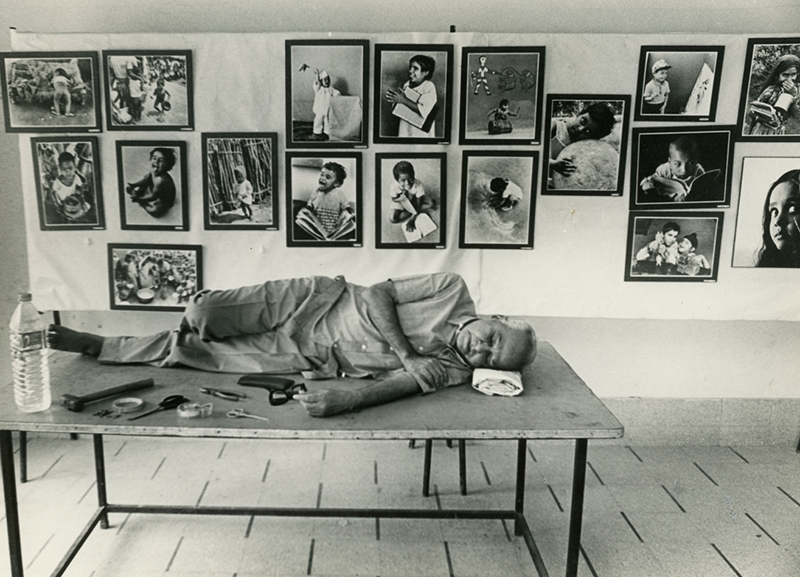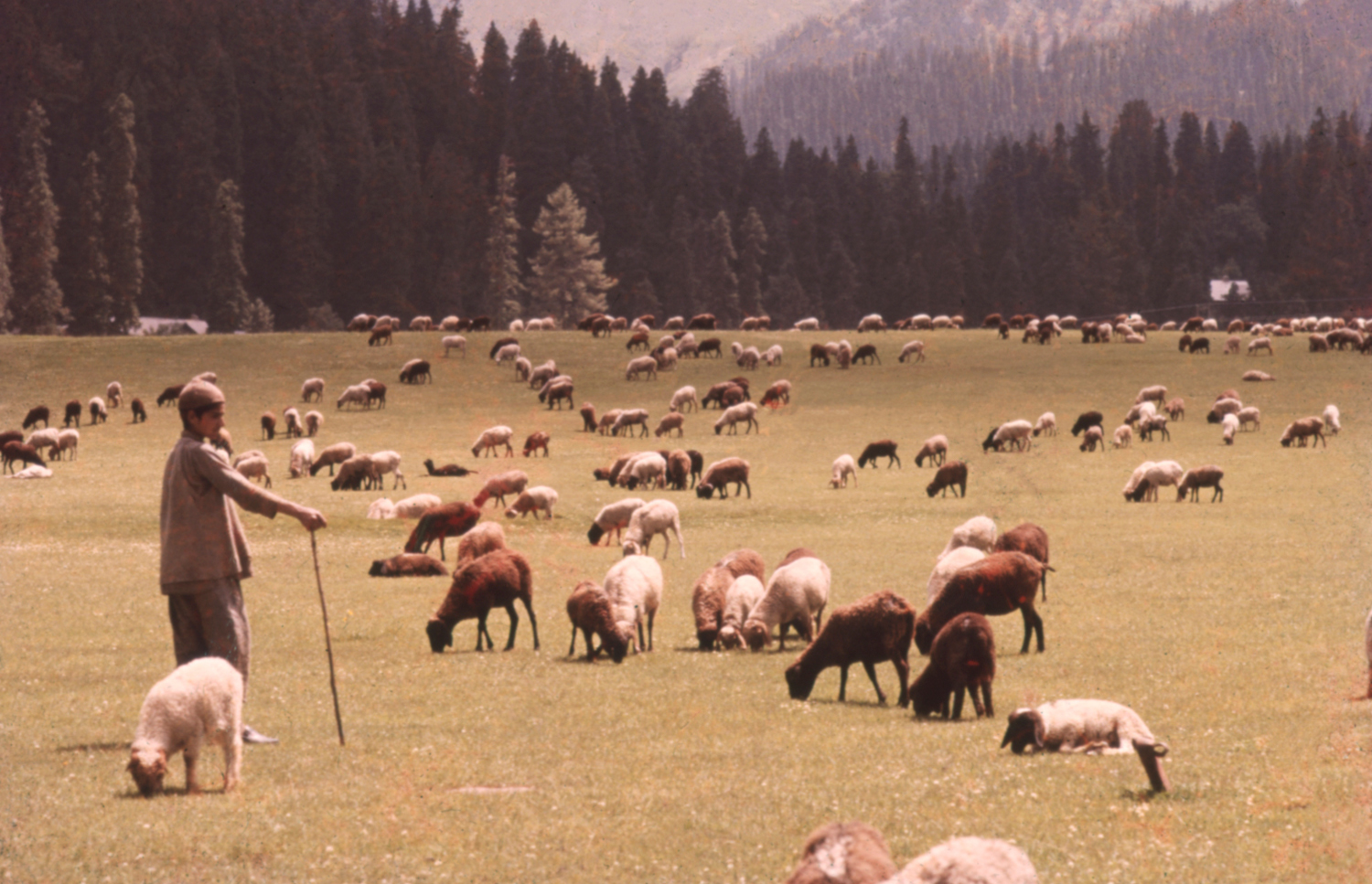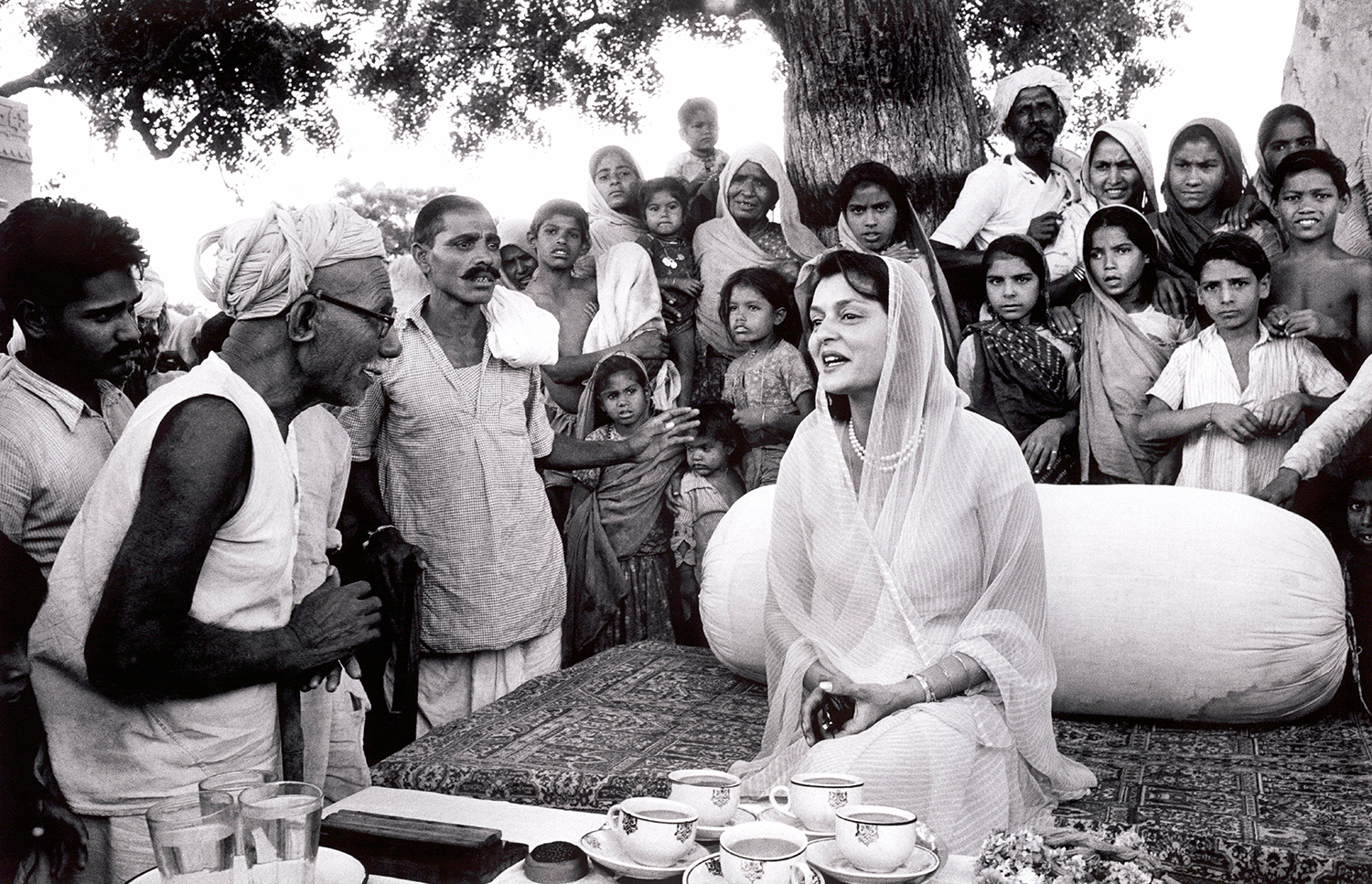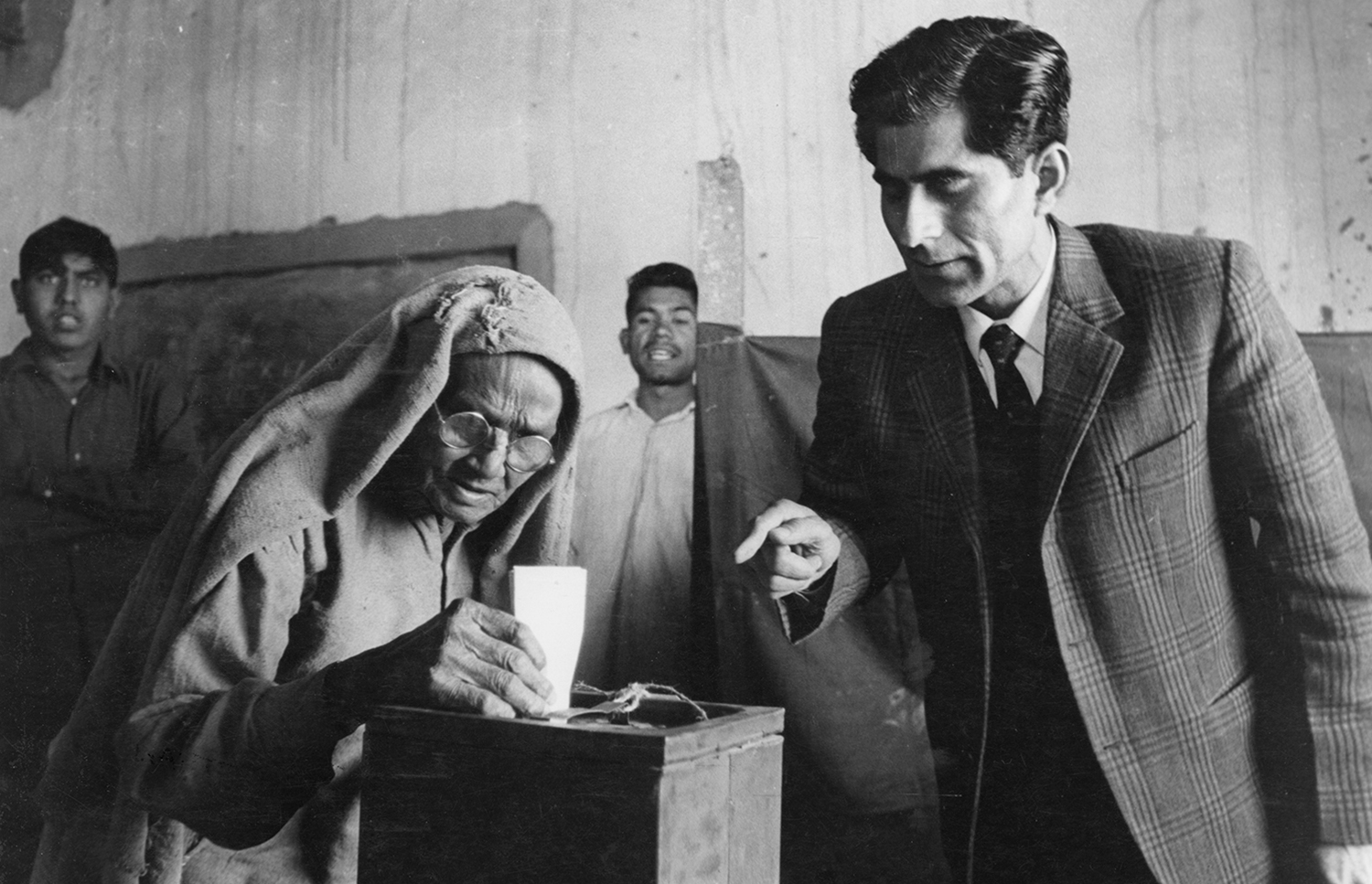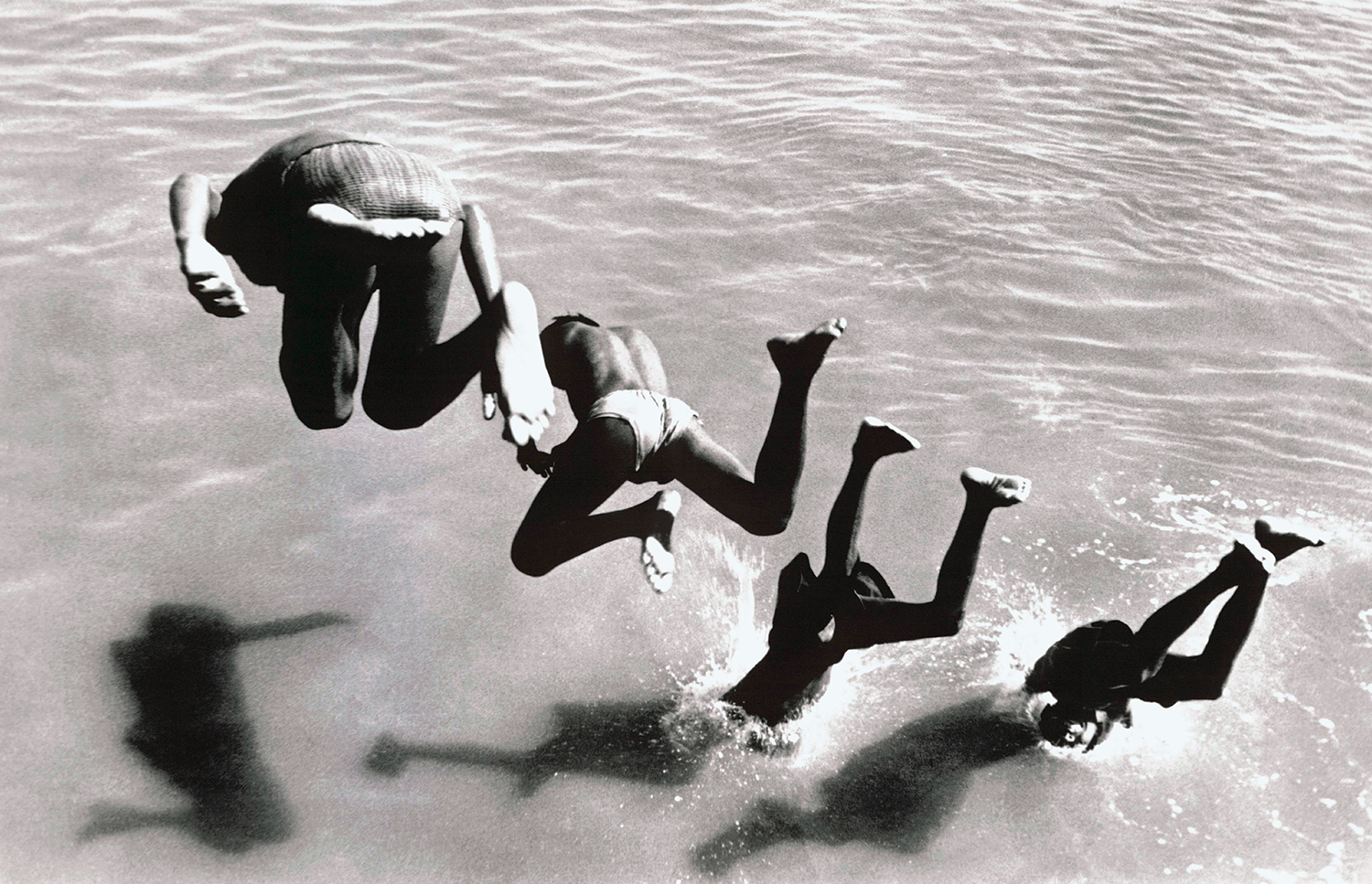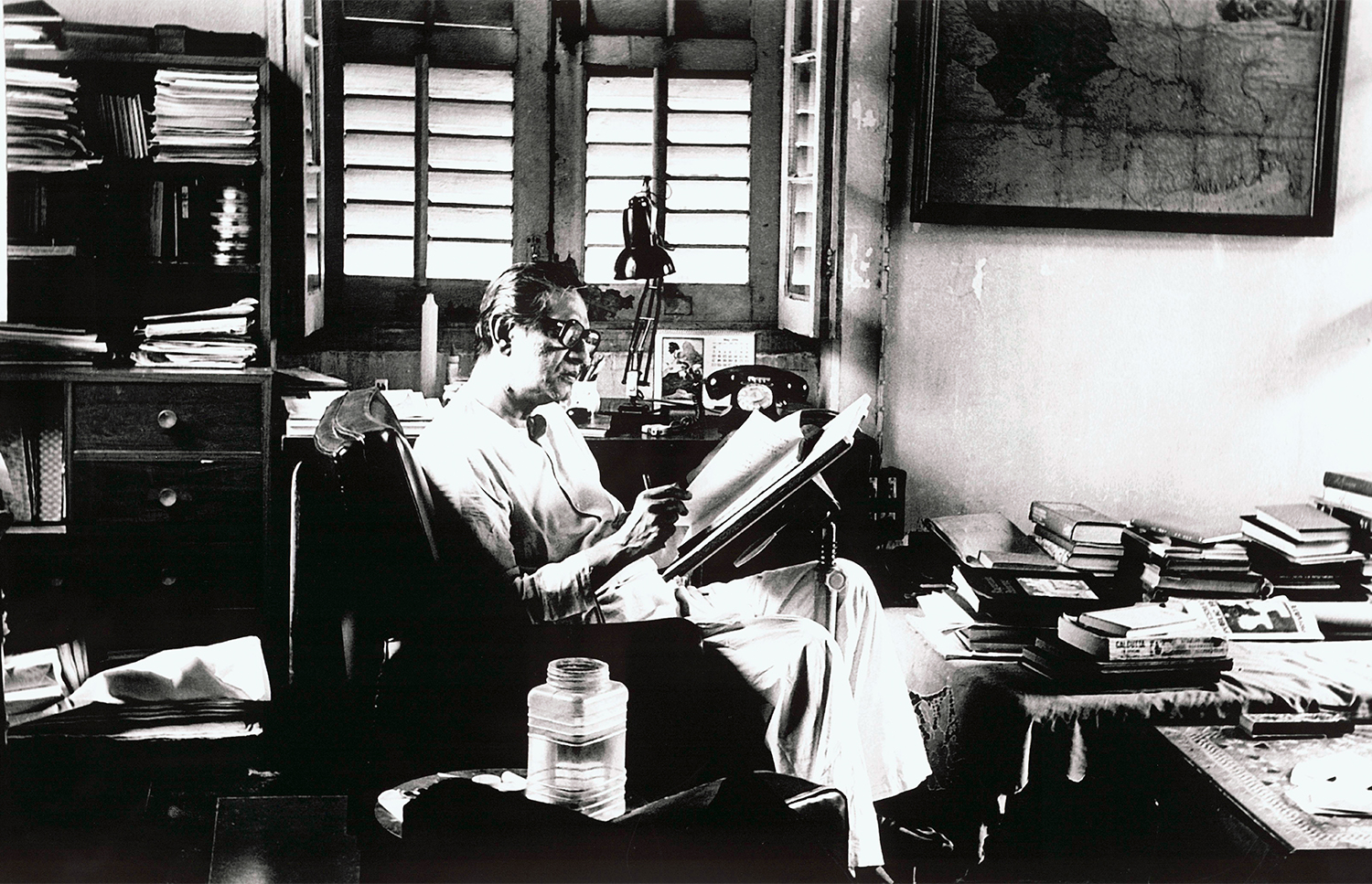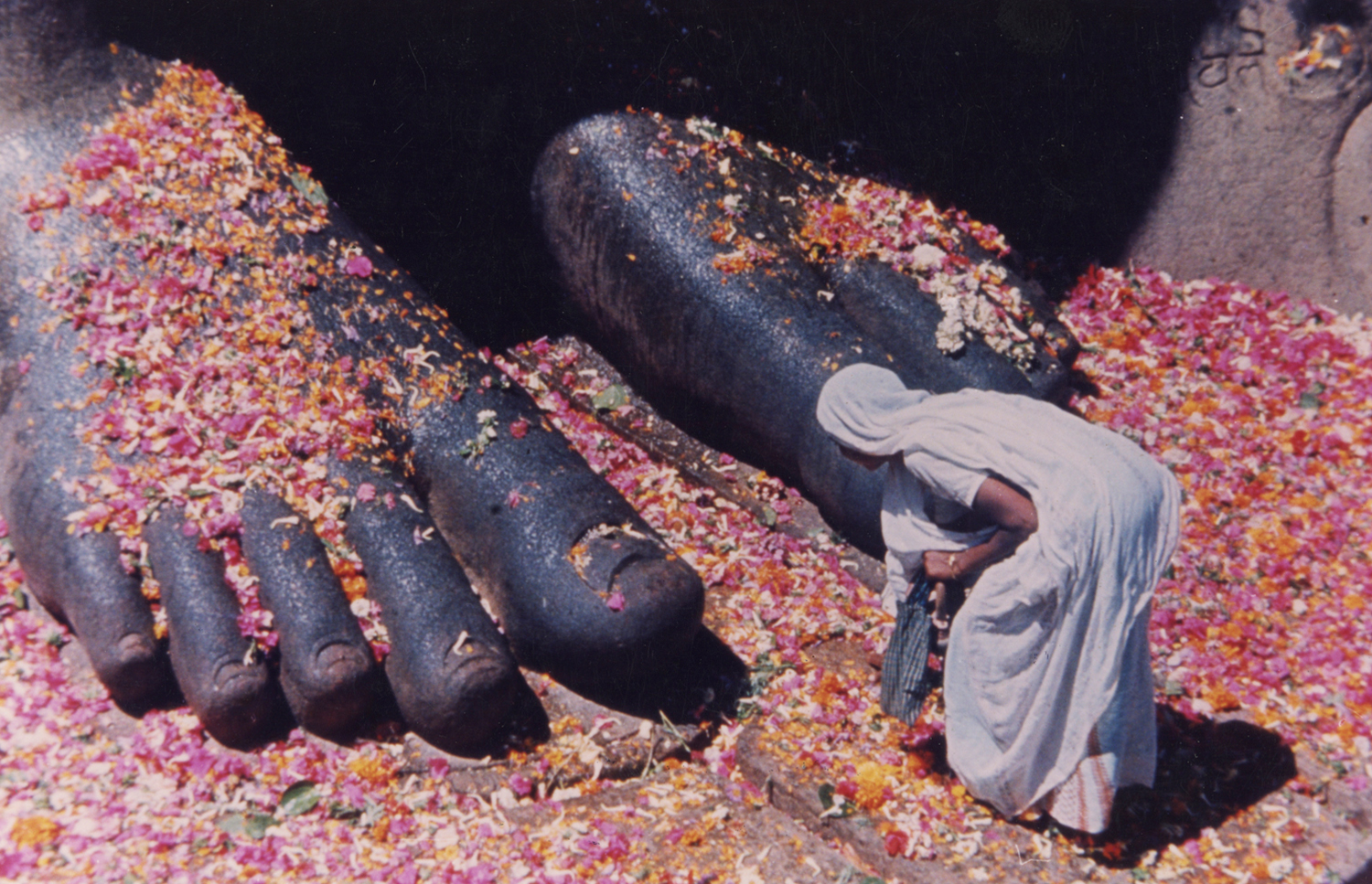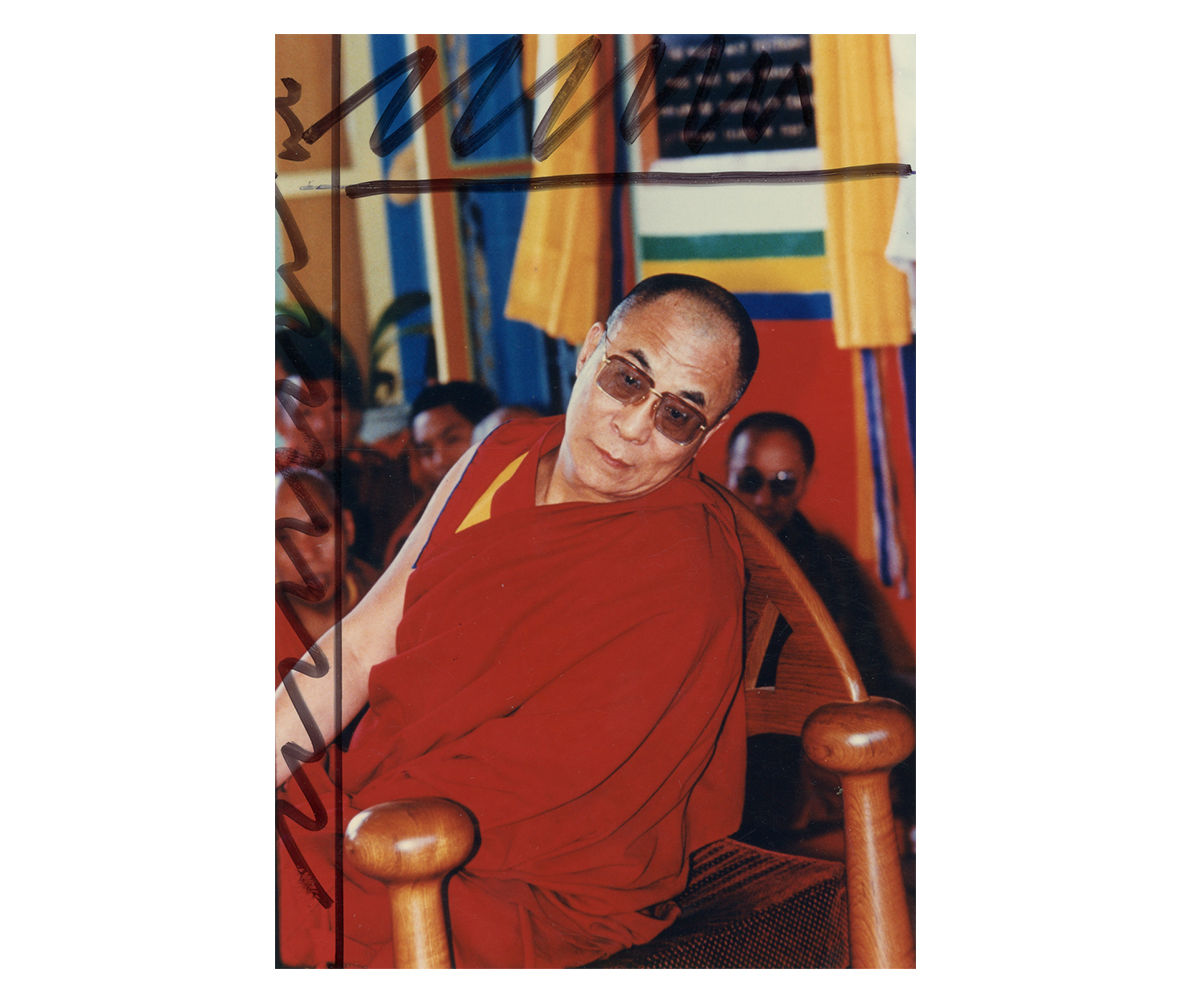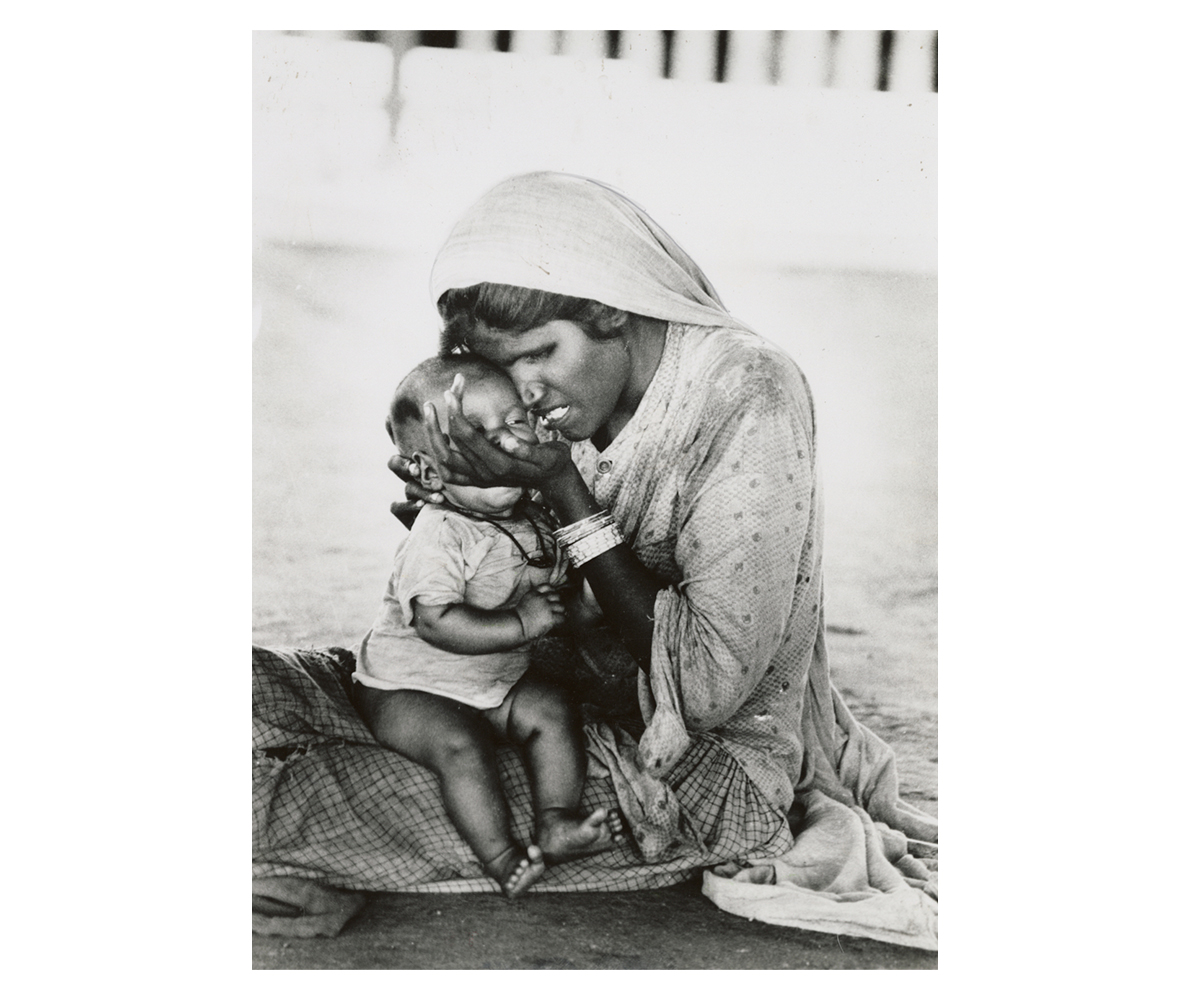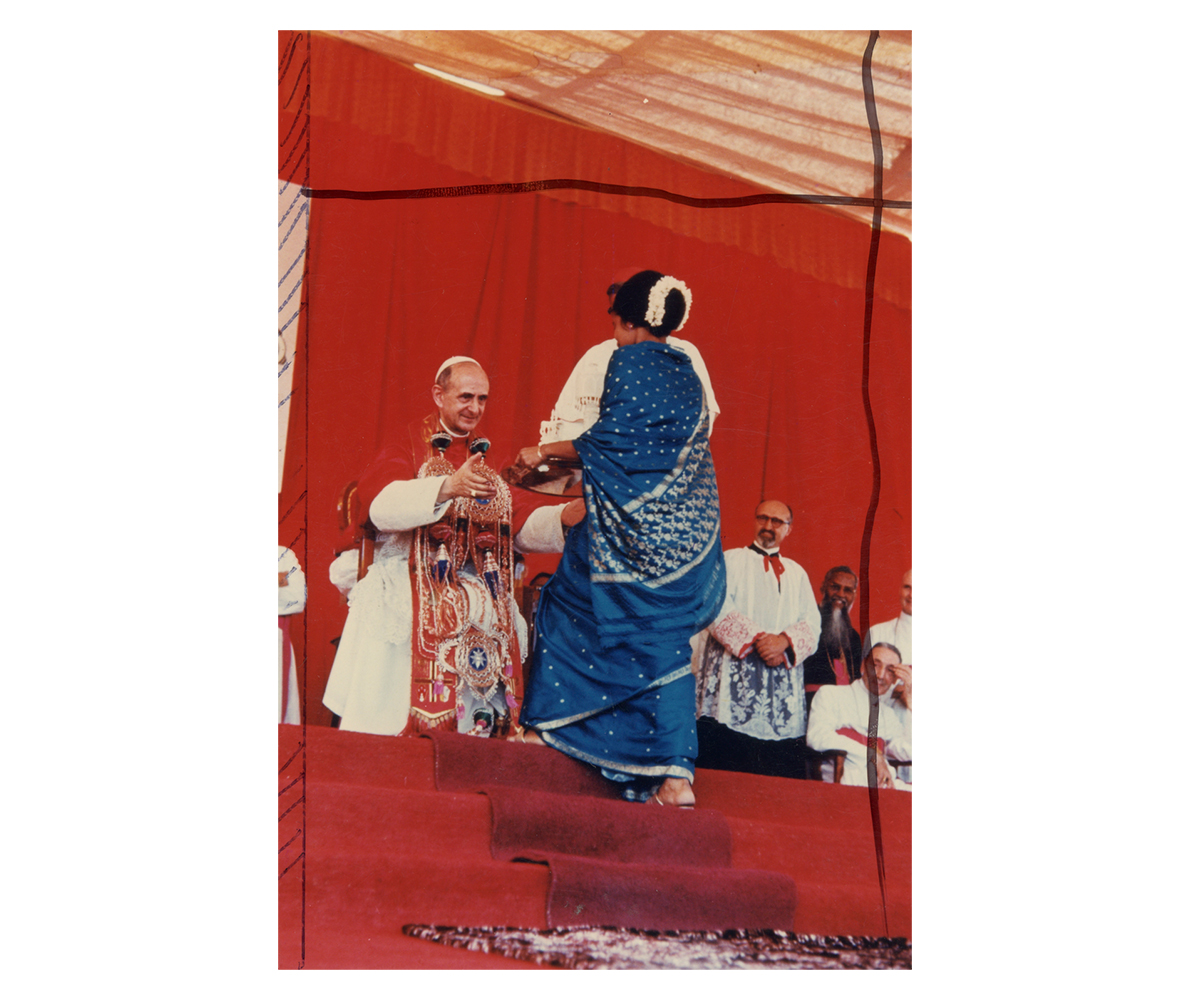ARTICLE
TS Satyan
Satyan first met the eminent Life magazine photographer James Cobb Burke in the early 1950s, while covering the anointing ceremony at Shravanabelagola in Karnataka for the New York-based Black Star Publishing Company. Impressed with the young photographer, Burke later signed on Satyan to document the merger of Pondicherry (now Puducherry) and adjoining French territories with the Union of India in 1954. However, due to a shipping error, his photos of the momentous event would not be published in Life that year. His next assignment from Burke in 1955 proved more fruitful in this regard, with five images from his coverage of the Legislative Assembly elections for Andhra state (which later became a part of Andhra Pradesh) being featured in the magazine.
Among the political and cultural events that he covered in the Indian subcontinent were the non-violent march (padyatra) of Acharya Vinoba Bhave in Telangana in 1951, the satyagraha against Portuguese rule in Goa during the 1950s, Pope Paul VI’s visit to India in 1964 and the fallout of Bangladesh President Sheikh Mujibur Rahman’s assassination in 1975. He has also photographed several notable figures in Indian history such as the Dalai Lama, Jawaharlal Nehru, Satyajit Ray and CV Raman, as well as members of Indian royal families. During his assignments in places such as Afghanistan, Sikkim and Malaysia, Satyan also took slice-of-life photographs of ordinary people, usually in the backdrop of large-scale political change or upheaval.
He played an active role in the smallpox eradication campaign and the awareness drive on medical interventions for blindness, both organised by the World Health Organisation (WHO) between 1961-63. His photographs detailing the process of mass vaccination and treatment of patients with eye diseases were subsequently published in the World Health magazine. Consequent to his photography drawing the attention of a former director of the United Nations International Children’s Fund (UNICEF), Satyan was invited to showcase his work in 1979 at UNICEF’s Year of the Child exhibition, Little People, at the UN General Assembly in New York.
Besides contributing his works to several notable publications, including Time magazine, Satyan published his own books of photographs — Exploring Karnataka (1981); Hampi: the Fabled Capital of the Vijaynagar Empire (1995), In Love with Life (2002) — as well as two memoirs, Kalakke Kannada (2003) in Kannada and Alive and Clicking (2005) in English. In recognition of his outstanding contribution in the field of photojournalism in India, he was awarded the Padma Shri by the Government of India in 1977. He also received an honorary doctorate of literature from his alma mater, Mysore University, in 2004. Notable exhibitions of his photographs include the travelling exhibition A Long Exposure (2008–09) first shown at Tasveer gallery, Bengaluru, and Recorder Of Life, Beauty And Truth (2011) at the Institute of Contemporary Indian Art (ICIA), Mumbai.
TS Satyan passed away at age 86 in his home in Mysuru.
Bibliography
Our website is currently undergoing maintenance and re-design, due to which we have had to take down some of our bibliographies. While these will be re-published shortly, you can request references for specific articles by writing to hellomapacademy@map-india.org.




